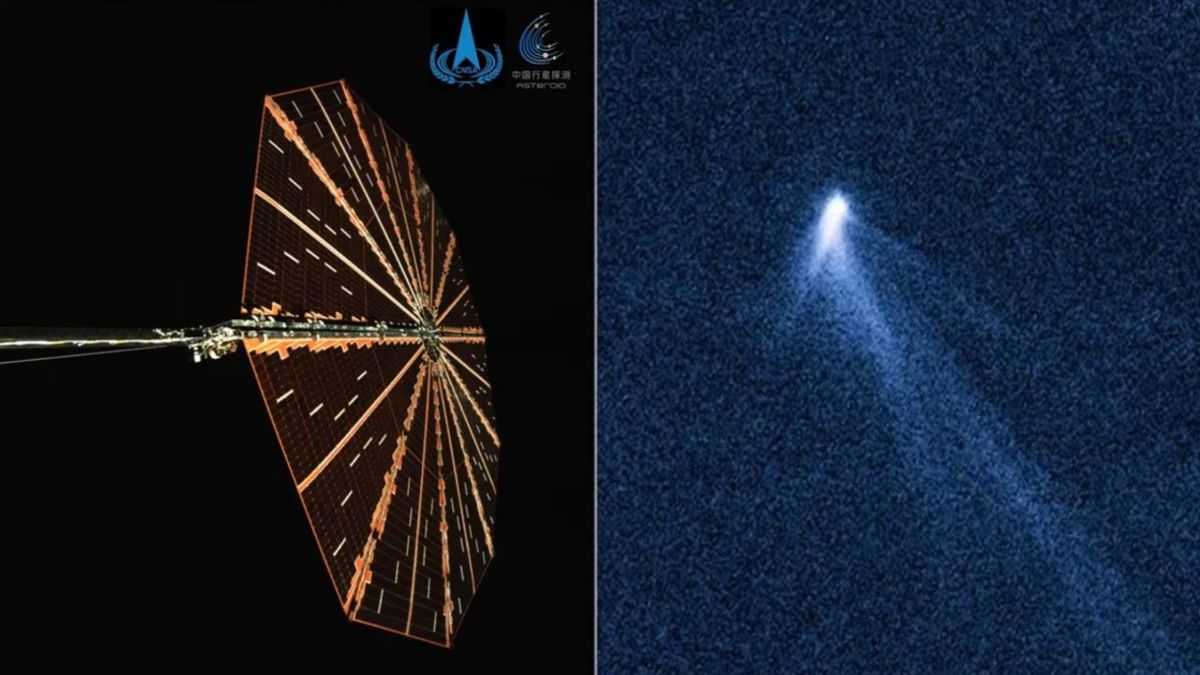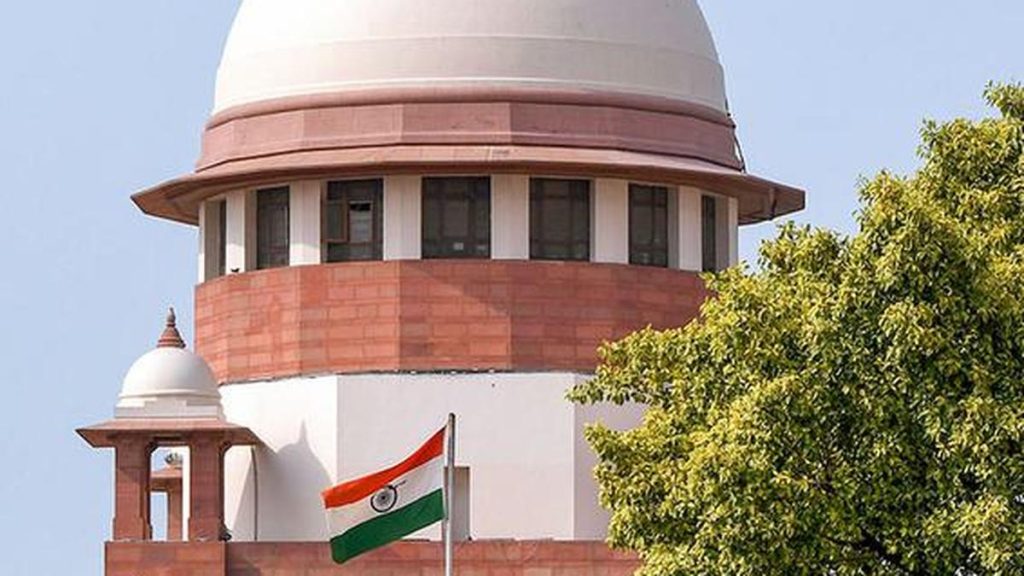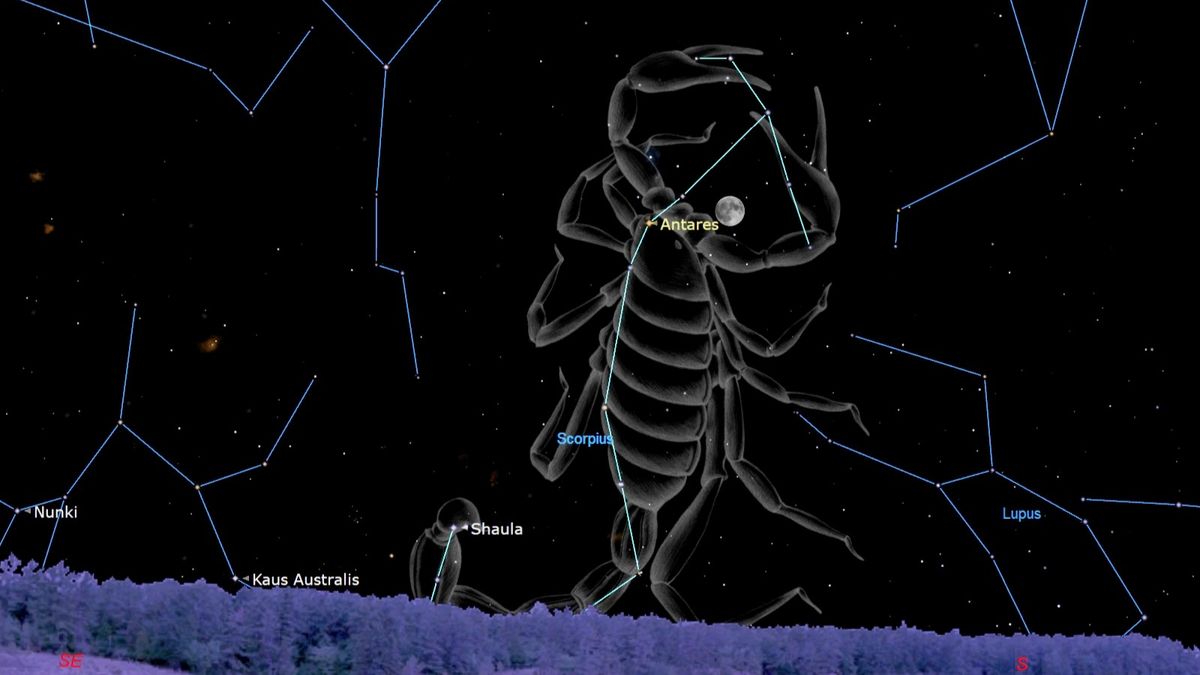Now Reading: China’s Tianwen-2 Sends First Image En Route to Rare ‘Quasi-Moon’ Asteroid
-
01
China’s Tianwen-2 Sends First Image En Route to Rare ‘Quasi-Moon’ Asteroid
China’s Tianwen-2 Sends First Image En Route to Rare ‘Quasi-Moon’ Asteroid

Quick Summary
- China has unveiled the first image of its Tianwen 2 spacecraft, taken by an engineering camera on its mission towards the near-Earth asteroid Kamo’oalewa.
- The spacecraft launched on May 28 aboard a Long March 3B rocket and is currently more than 3 million kilometers (1.86 million miles) from Earth.
- Tianwen 2 will reach asteroid kamo’oalewa in July 2026, study it for several months, collect samples, and return them to Earth by late 2027.
- Post-sample delivery, the spacecraft will undertake another mission to rendezvous with main belt comet 311P/PANSTARRS around 2035 using a gravity-assisted maneuvre from Earth.
- The objectives include contributing data on solar system evolution and Earth’s water origins. Similarities are noted with NASA’s Lucy mission due to the design of solar panels.
- Previous Chinese missions chang’e series have also showcased successful lunar exploration and sample-return operations.
Indian Opinion Analysis
China’s advancement in planetary exploration through its Tianwen program signifies growing competitiveness in deep-space missions. As India similarly continues expanding its ambitions under ISRO’s Gaganyaan and Chandrayaan programs, there is scope for enhancing collaboration or motivating domestic research into asteroid studies-a largely untapped area despite mounting global interest due to their resource potential.Moreover, scientific exchanges among nations could foster cooperative opportunities while ensuring global progress in understanding celestial phenomena like water origins or planetary history.
Read More: Space.com


























